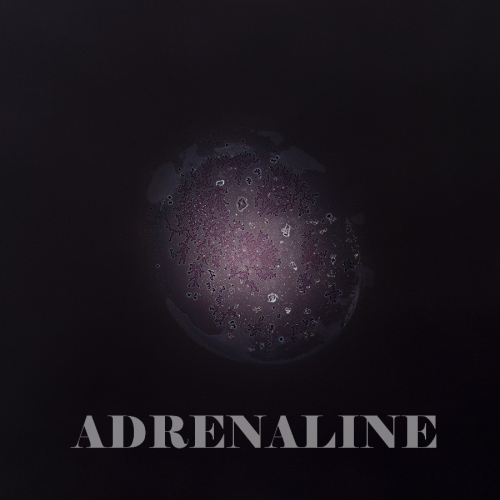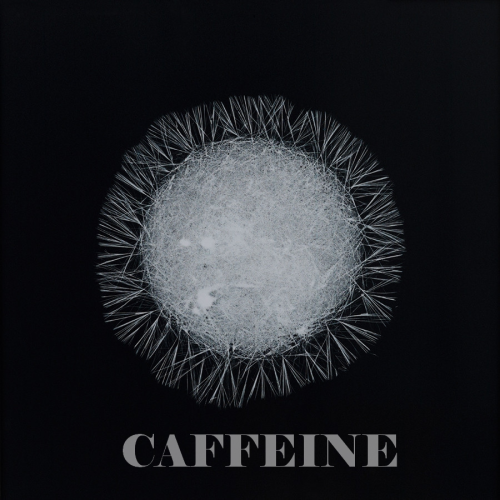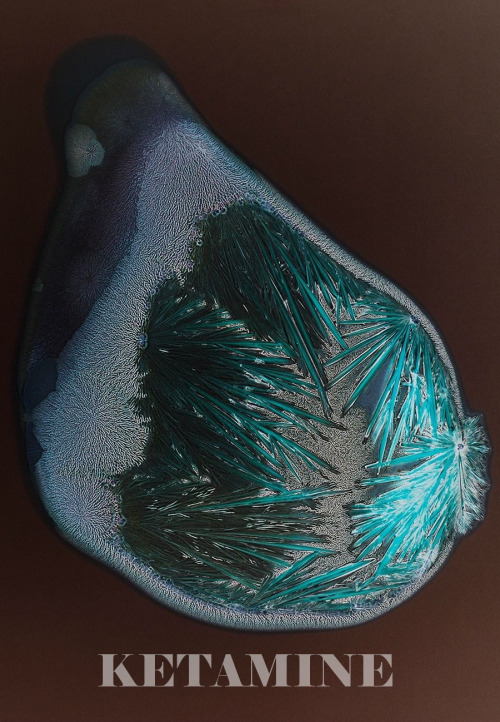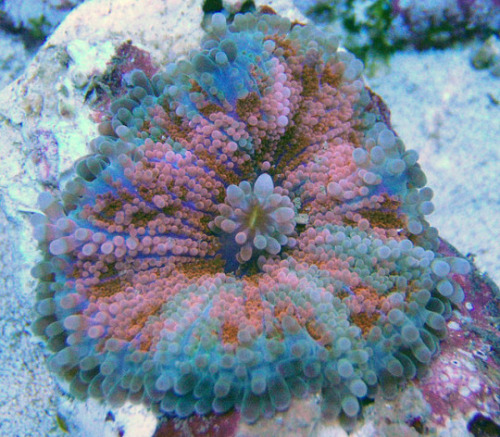A Crowd Of 65,000 Sings ‘Bohemian Rhapsody’ Perfectly While Waiting For A Green Day Concert
nem sirok csak 65ezren belementek a szemembe
A crowd of 65,000 sings ‘Bohemian Rhapsody’ perfectly while waiting for a Green Day concert
More Posts from The-sleepy-chemist and Others
Psychology: Why do people do the thing?
Sociology: How do people who do the thing interact with other people who do the thing?
Anthropology: Who else has done/is doing the thing and where are they?
Philosophy: What is the meaning of the thing? Where did the thing come from?
We Are Built To Be Kind
Greed is good. War is inevitable. Cooperation is for suckers.
Whether in political theory or popular culture, human nature is often portrayed as selfish and power hungry. UC Berkeley psychologist Dacher Keltner challenges this notion of human nature and seeks to better understand why we evolved pro-social emotions like empathy, compassion and gratitude.
Subscribe to Fig. 1 on YouTube

Maple syrup could help fight bacterial infections, Canadian scientists find
Maple syrup is once again making headlines for being the rockstar condiment that every Canadian knows it is, but it’s not the culinary world that’s buzzing this time — it’s the medical world. Newly released research from McGill University in Montreal suggests that concentrated maple syrup extract may actually help fight bacterial infections, potentially reducing the need for antibiotics around the world. “Combining maple syrup extract with common antibiotics could increase the microbes’ susceptibility, leading to lower antibiotic usage,” reads a press release issued by the university Friday. “Overuse of antibiotics fuels the emergence of drug-resistant bacteria, which has become a major public-health concern worldwide.”
Continue Reading.










Drugs Under The Microscope


The Oldest Ancestor of Modern Birds Has Been Found in China
Ever since the birdlike dinosaur Archaeopteryx was first discovered in 1861, paleontologists have tried to decipher the evolutionary origins of modern birds—the only surviving descendants of the dinosaurs.
Now, paleontologists based out of the Chinese Academy of Sciences (CAS) have reached a new milestone in this quest. The CAS team has discovered the oldest fossils from the Ornithuromorpha group of dinosaurs, the common ancestor of all modern bird species.
The two specimens date back 130 million years to the Early Cretaceous period, when pterosaurs still dominated the skies. They belong to a new species named Archaeornithura meemannae, a feathered wading bird that lived in what is now northeastern China. The CAS team, led by paleontologist Min Wang, published a detailed analysis of the new specimens today in Nature Communications.
Continue Reading.

Bobbit Worm. By: ken & anita’s photos
The Bobbit worm, Eunice aphroditois, is a ferocious underwater predator. Armed with sharp teeth, it is known to attack with such speeds that its prey is sometimes sliced in half. Though they do vary in size, they have been recorded to grow up to nine feet tall.

Happiness Molecule
And now, we shall pretend to be mathematicians.
Quantum mechanics lecturer on solving the Hermite equation (via mathprofessorquotes)


Flower Mushroom Coral - Ricordea yuma
Ricordea yuma (Corallimorpharia - Ricordeidae) is a species of soft coral belonging to a group commonly referred to as mushroom corals. These soft corals are very popular among aquarists due to their vibrant and varied color patterns.
Ricordea yuma is found in the tropical Pacific. Like other Corallimopharians, this one has the ability to rapidly colonize available substrate.
References: [1] - [2] - [3]
Photo credits: [Top: ©Felix Salazar | Locality: nano reef tank, 2008] - [Bottom: ©Scott Cohen | Locality: reef tank, 2009]

KISS OF DEATH
One of the reasons cancer is so hard to defeat is that the body’s immune system has trouble recognizing cancer cells growing among healthy cells. Some scientists want to help. Researchers designed mouse T cells to specifically bind to a protein complex on fibrosarcoma MC57 tumor cell membranes. In this sped-up video, once the T cells (each about 10 μm across) meet their targets, they create holes in the cancer cell membranes using a protein called perforin. Next, the immune cells flood the pierced cells with a rush of cell-killing granules called granzymes. Propidium iodide, a dye the scientists added to the plate of cells, also squeezes in through the hole and starts glowing red when it comes in contact with RNA and DNA inside the cancer cells. This tells the researchers that the cells have been pierced and will soon die. This process takes about 75 minutes in real time.
Credit: Misty Jenkins (Read the paper.)
Related C&EN content:
The Immune System Fights Back
Cancer-Killing Machine
-
 somethings-wrong-with-this-place reblogged this · 2 months ago
somethings-wrong-with-this-place reblogged this · 2 months ago -
 thomas-life reblogged this · 2 months ago
thomas-life reblogged this · 2 months ago -
 thomas-life liked this · 2 months ago
thomas-life liked this · 2 months ago -
 cm572 reblogged this · 2 months ago
cm572 reblogged this · 2 months ago -
 cm572 liked this · 2 months ago
cm572 liked this · 2 months ago -
 wanderingbasilisk liked this · 2 months ago
wanderingbasilisk liked this · 2 months ago -
 all-made-of-stardust reblogged this · 2 months ago
all-made-of-stardust reblogged this · 2 months ago -
 amethyst-amphibian reblogged this · 2 months ago
amethyst-amphibian reblogged this · 2 months ago -
 fantasymind231 reblogged this · 2 months ago
fantasymind231 reblogged this · 2 months ago -
 fantasymind231 reblogged this · 2 months ago
fantasymind231 reblogged this · 2 months ago -
 andtheytoldustotellyouhello reblogged this · 2 months ago
andtheytoldustotellyouhello reblogged this · 2 months ago -
 lurkerwithcomputer reblogged this · 3 months ago
lurkerwithcomputer reblogged this · 3 months ago -
 wildflowerwoodsworld reblogged this · 3 months ago
wildflowerwoodsworld reblogged this · 3 months ago -
 lady-of-the-rose-and-thorns reblogged this · 3 months ago
lady-of-the-rose-and-thorns reblogged this · 3 months ago -
 sparklepool101 reblogged this · 3 months ago
sparklepool101 reblogged this · 3 months ago -
 joker1315-the-second reblogged this · 4 months ago
joker1315-the-second reblogged this · 4 months ago -
 lisavijver reblogged this · 4 months ago
lisavijver reblogged this · 4 months ago -
 asariasami liked this · 4 months ago
asariasami liked this · 4 months ago -
 snarkysciurus reblogged this · 4 months ago
snarkysciurus reblogged this · 4 months ago -
 meta4metaphor liked this · 4 months ago
meta4metaphor liked this · 4 months ago -
 oddlyoxymoronic liked this · 5 months ago
oddlyoxymoronic liked this · 5 months ago -
 thesmallangryace reblogged this · 5 months ago
thesmallangryace reblogged this · 5 months ago -
 thesmallangryace liked this · 5 months ago
thesmallangryace liked this · 5 months ago -
 emmerrr reblogged this · 5 months ago
emmerrr reblogged this · 5 months ago -
 lasalebete reblogged this · 5 months ago
lasalebete reblogged this · 5 months ago -
 bubbles-62 liked this · 6 months ago
bubbles-62 liked this · 6 months ago -
 necruwumancy reblogged this · 6 months ago
necruwumancy reblogged this · 6 months ago -
 lurkerwithcomputer reblogged this · 6 months ago
lurkerwithcomputer reblogged this · 6 months ago -
 lurkerwithcomputer liked this · 6 months ago
lurkerwithcomputer liked this · 6 months ago -
 wildflowerwoodsworld reblogged this · 6 months ago
wildflowerwoodsworld reblogged this · 6 months ago -
 localcovenbee-otch reblogged this · 8 months ago
localcovenbee-otch reblogged this · 8 months ago -
 periodicattraction reblogged this · 8 months ago
periodicattraction reblogged this · 8 months ago -
 midnightfrost135 reblogged this · 8 months ago
midnightfrost135 reblogged this · 8 months ago -
 shrubberiesaremytrade liked this · 8 months ago
shrubberiesaremytrade liked this · 8 months ago -
 ben-is-cold liked this · 8 months ago
ben-is-cold liked this · 8 months ago -
 her-impervious-condensation liked this · 8 months ago
her-impervious-condensation liked this · 8 months ago -
 be-gay-comm1t-arson liked this · 8 months ago
be-gay-comm1t-arson liked this · 8 months ago -
 rubiesandwings liked this · 8 months ago
rubiesandwings liked this · 8 months ago -
 thedoommerchant liked this · 8 months ago
thedoommerchant liked this · 8 months ago -
 sillygooseesquire reblogged this · 8 months ago
sillygooseesquire reblogged this · 8 months ago -
 greenneerg123 reblogged this · 8 months ago
greenneerg123 reblogged this · 8 months ago -
 greenneerg123 liked this · 8 months ago
greenneerg123 liked this · 8 months ago -
 brokensenseofhumor liked this · 8 months ago
brokensenseofhumor liked this · 8 months ago -
 sillygooseesquire liked this · 8 months ago
sillygooseesquire liked this · 8 months ago -
 gravitytrips reblogged this · 8 months ago
gravitytrips reblogged this · 8 months ago -
 gravitytrips reblogged this · 8 months ago
gravitytrips reblogged this · 8 months ago -
 gravitytrips liked this · 8 months ago
gravitytrips liked this · 8 months ago -
 badkidgorgug reblogged this · 8 months ago
badkidgorgug reblogged this · 8 months ago -
 badkidgorgug liked this · 8 months ago
badkidgorgug liked this · 8 months ago
60 posts